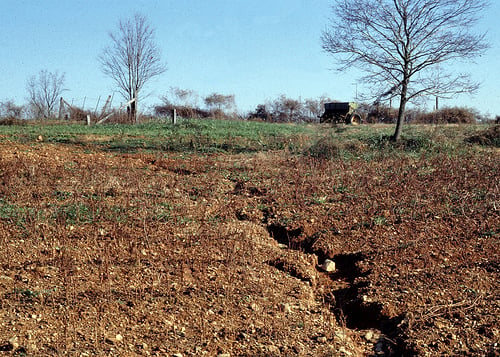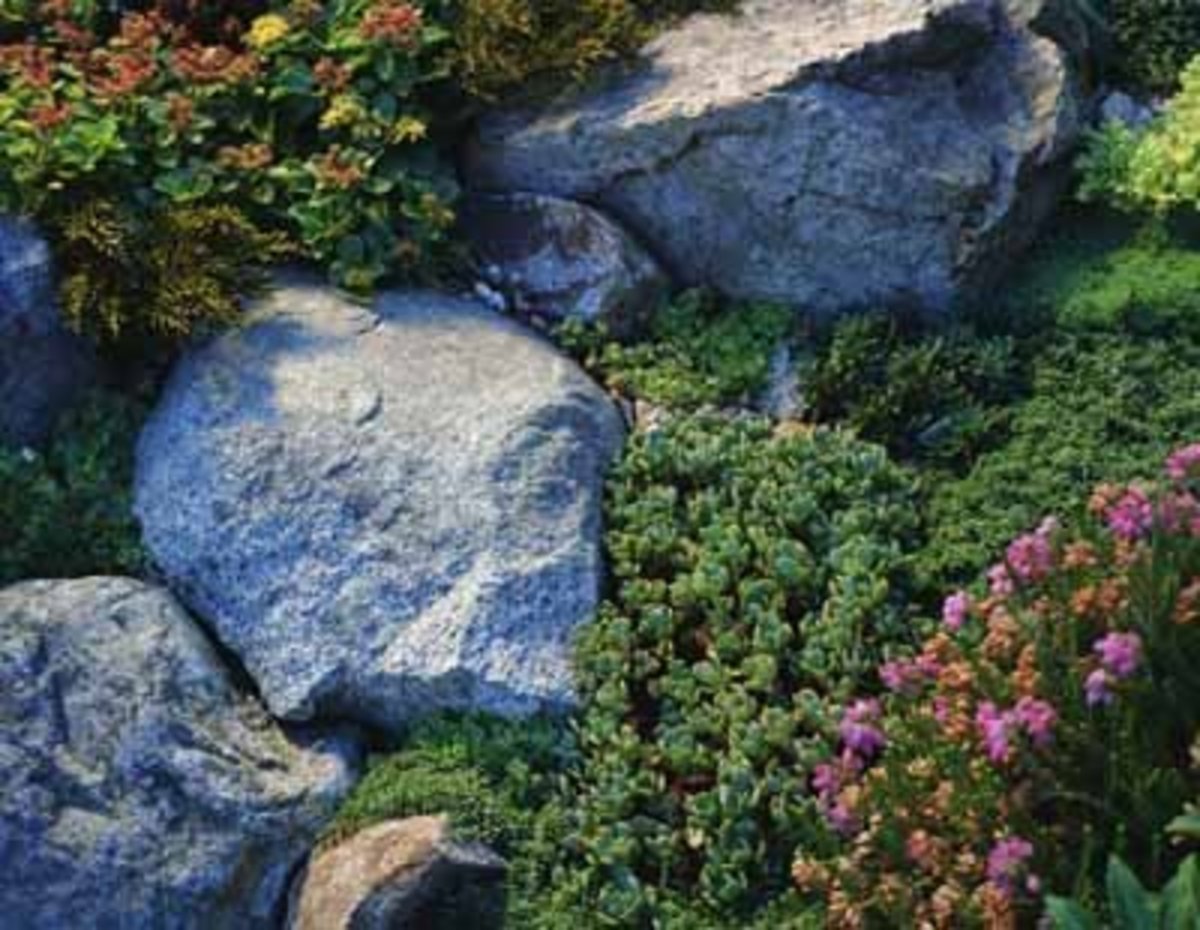Erosion Control Mats
Erosion control mats (sometimes abbreviated ECM) and blankets are a useful tool in the battle against erosion.
ECMs are usually used to stabilize and reinforce moderately steep to steep slopes along roadsides, trails, landscaping projects and other places. The type of erosion control mat suitable for your site should be chosen based on a number of factors, including:
- how long the erosion control mat is needed (temporary or permanent)
- how steep the slope
- volume and speed of runoff and/or average wind strength
- aesthetics
- cost
Erosion control mats can be organic, synthetic, or a combination of both. Most synthetic and organic erosion control mats come in large rolls and are known as Rolled Erosion Control Products, or RECPs.
Organic Erosion Control Mats
Organic erosion control mats are generally biodegradable and intended to be used for temporary erosion control. They are often used after reseeding a hillside, while waiting for the grass or other erosion control plants to establish themselves. Some organic mats even come pre-filled with seeds. Many people consider organic erosion control mats to be more attractive than synthetic ones. Materials used in organic erosion control mats include:
- straw
- coconut (coir) fiber
- wood excelsior
Of the three, straw is the shortest lasting. Coconut fiber and excelsior mats are used for moderate to steep slopes; straw for less steep slopes. Organic erosion control mats are most suited for low flow ditches and channels.

Learn More
Synthetic Erosion Control Mats
Synthetic erosion control mats can be photodegradable or permanent. They are highly customizable and may be suitable for slopes from flat to nearly vertical, and ditches or channels with varying levels of flow. Synthetic erosion control mats are usually made of "geosynthetic" materials, including various plastics and vinyls, and concrete. They come in a variety of forms, including mats, blankets, grids, nets, and more.
Turf Reinforcement Mats
Turf reinforcement mats (TRM) are the most common form of combination erosion control mats. TRMs are long term, three dimensional mats used in permanent installations and are usually composed of a mix of synthetic and organic fibers. They are used to anchor vegetation.
See Also
- Permeable Pavements for Your Driveway
If you are building a new driveway or replacing an old one, consider choosing a permeable surface. Permeable pavement is attractive, low maintenance, environmentally friendly, and relatively inexpensive. ...









